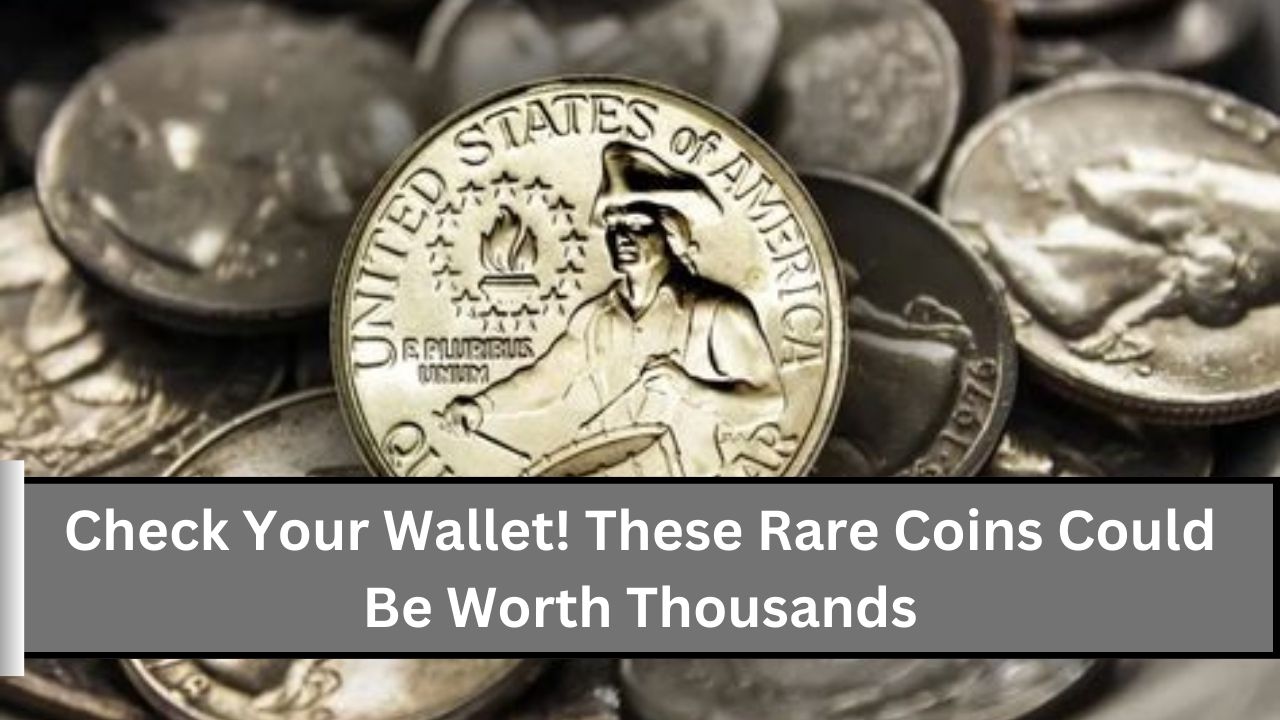You might have some rare coins worth thousands sitting in your wallet or coin jar, and you don’t even know it. From unique £2 coins to the rarest 50p coins, these small treasures can be worth a lot of money to collectors. Over time, certain coins gain value due to their scarcity, design, or historical significance. In this article, we’ll guide you through which coins to look out for and why some of them are skyrocketing in value.
| Topic | Description |
|---|---|
| Introduction to Rare Coins | Overview of rare coins, their significance, and why people collect them. |
| Why Some Coins Are Worth More | Explanation of factors that contribute to the increased value of certain coins beyond their face value. |
| The Most Valuable Rare Coins in Circulation | A list of the most valuable coins in circulation, including rare 50p, £1, and £2 coins. |
| Historical Coins: Victorian-Era Pennies | Exploration of valuable historical coins, especially those from the Victorian era, and their current worth. |
| How to Spot Valuable Coins in Your Wallet | Tips on identifying rare coins based on design, mint marks, and production errors. |
| Coin Collecting Tips | Essential advice for coin collectors, including whether or not to clean coins and how to store them properly. |
| Where to Sell Rare Coins | Information on the best places to sell rare coins, such as auctions, online platforms, and coin dealers. |
| Conclusion | Final thoughts on why it’s worth checking your coins for potential valu |
What Makes a Coin Valuable?
Coins become valuable for different reasons. Some coins have errors during minting, while others are rare because only a limited number were produced. Factors like age, condition, and demand among collectors also play a role in determining how much a coin is worth. Whether it’s a mistake in the design or simply because few were made, rare coins are highly sought after by collectors.
Rare 50p Coins: Hidden Treasures
One of the most popular coins that collectors search for is the rare 50p coin. Some 50p coins, like the Beatrix Potter series or the Kew Gardens coin, are considered rare because only a small number were made. In fact, the Kew Gardens 50p is one of the rarest, with only 200,000 in circulation. These coins have “skyrocketed” in value, with some selling for as much as £18,000.
Examples of Rare 50p Coins:
- Kew Gardens 50p (2009) – Only 200,000 were minted, making this coin extremely valuable.
- Olympic 50p Coins (2011) – The coins from the London 2012 Olympics are sought after by collectors, especially the football offside rule 50p.
- Beatrix Potter Series – These coins featuring beloved characters like Peter Rabbit have become collector’s items.
£2 Coins Worth More Than You Think
It’s not just 50p coins that are worth a lot of money. Some £2 coins have also become valuable due to their design or limited production. For instance, a rare £2 coin featuring the Queen has gained value because of a unique error in its design.
Examples of Rare £2 Coins:
- Northern Ireland Commonwealth Games £2 (2002) – This is one of the rarest £2 coins and can be worth hundreds.
- Shakespeare Tragedies £2 (2016) – Known for its unique design, this coin has become a collector’s favorite.
Why Coin Errors Are Highly Valued
Coins with minting errors are often more valuable because they are unique. Mistakes during the production process make these coins stand out, and collectors are willing to pay a premium for them.
Types of Coin Errors:
- Misstrikes – These happen when the coin is not struck properly, leading to an incomplete or doubled design.
- Die Errors – If the die used to mint the coin is damaged, it can result in unusual or incomplete patterns on the coin.
How to Check If Your Coin Is Valuable
If you think you might have a rare coin, there are several ways to check its value:
- Look for Minting Errors – Use a magnifying glass to inspect your coin for any mistakes or unusual markings.
- Research the Design – Compare your coin to online guides or coin collecting websites to see if it matches any known rare designs.
- Condition Matters – Coins in good condition are worth more, so check for scratches, dents, or wear.
Conclusion: Check Your Change
You never know what treasures might be hiding in your wallet. From rare 50p coins to unique £2 coins, your spare change could be worth hundreds or even thousands. It’s worth taking a closer look at your coins and seeing if you’ve got something valuable.
FAQs
Q1: What makes a coin valuable?
A: The value of a coin depends on several factors, including its rarity, condition, age, and unique features, such as errors or mint marks. Coins that were minted in limited quantities or have distinct designs tend to be more valuable.
Q2: How do I know if a coin in my wallet is rare?
A: To identify rare coins, check for specific designs, mint marks, or production years known to be scarce. For example, rare 50p coins, £1 coins, and £2 coins often have distinct characteristics like special commemorative designs or limited minting errors. Researching these traits online or using coin identification apps can help.
Q3: What is a mint mark, and why is it important?
A: A mint mark is a small letter or symbol on a coin that indicates where it was produced. Some mint marks, like the “H” on Victorian-era pennies, can increase a coin’s value significantly, as these coins may have been produced in smaller quantities or feature special designs.
Q4: Should I clean my rare coins?
A: No, cleaning rare coins can reduce their value, especially if done improperly. Collectors prefer coins in their original, untouched condition, as cleaning can cause scratches and remove the natural patina that adds to a coin’s historical appeal.
Q5: Where can I sell rare coins?
A: You can sell rare coins through online auction platforms, coin dealers, or specialized coin marketplaces. It’s recommended to get your coins appraised by an expert before selling to ensure you get the best value.

